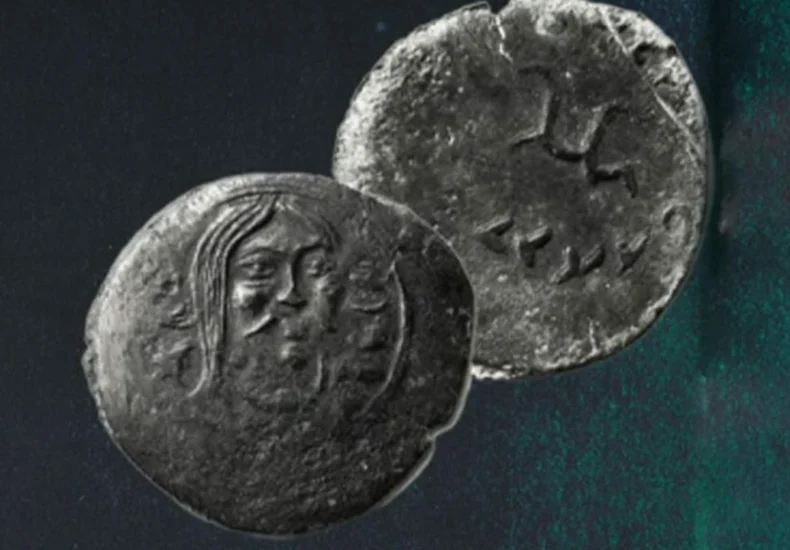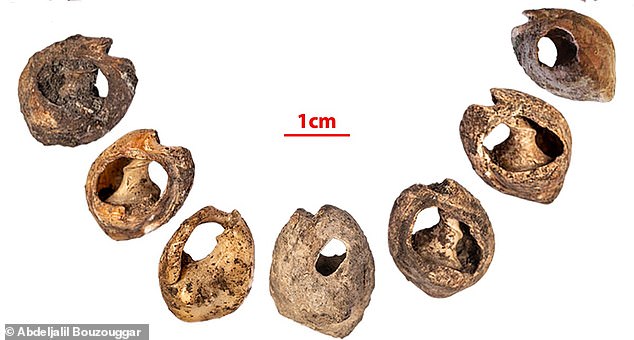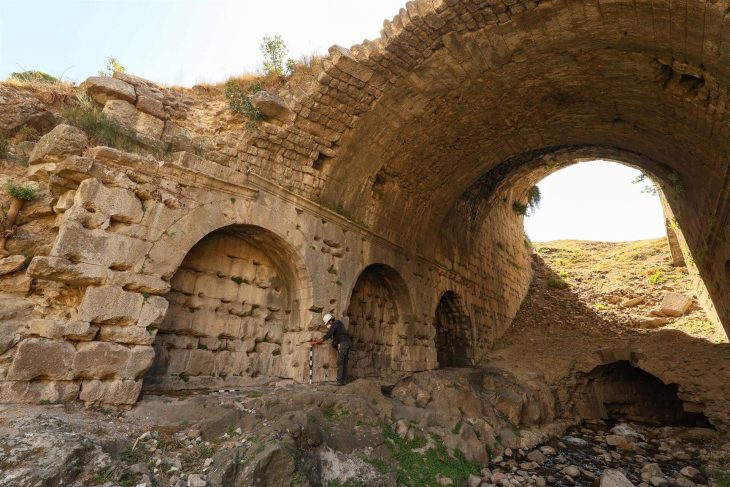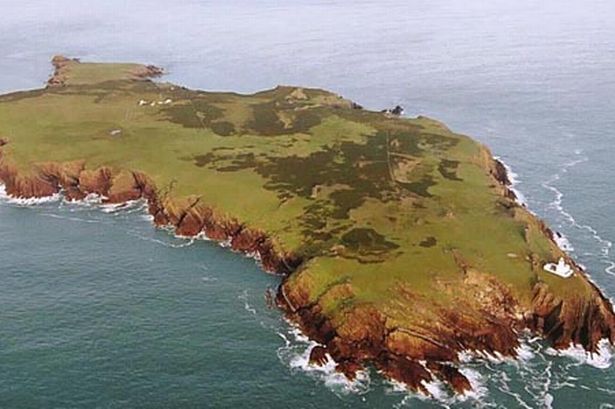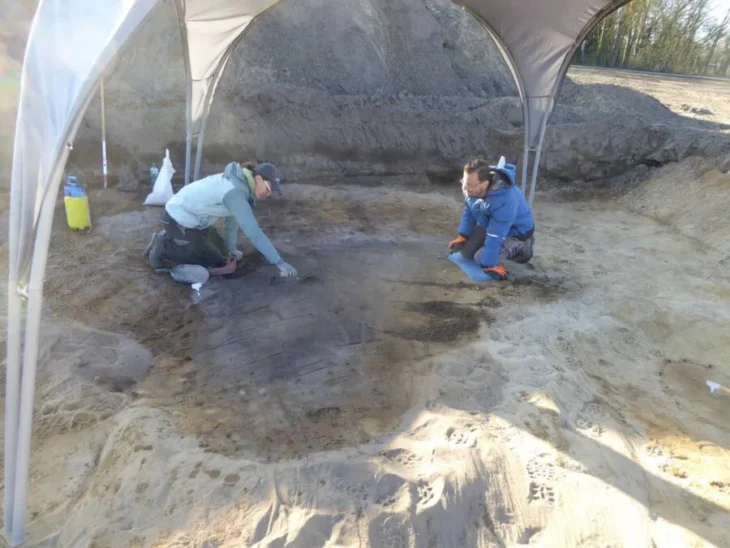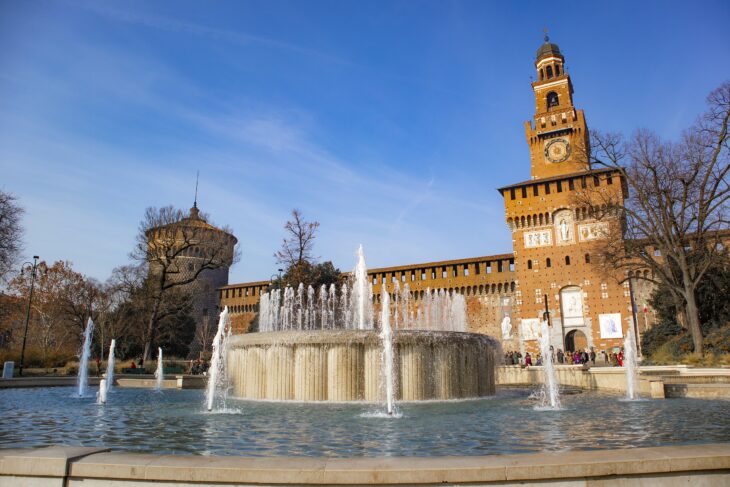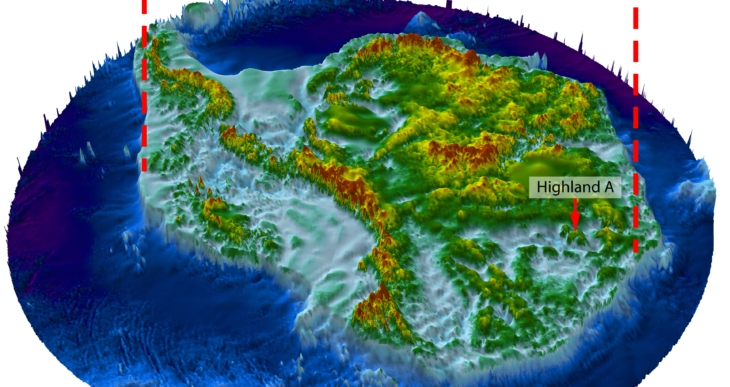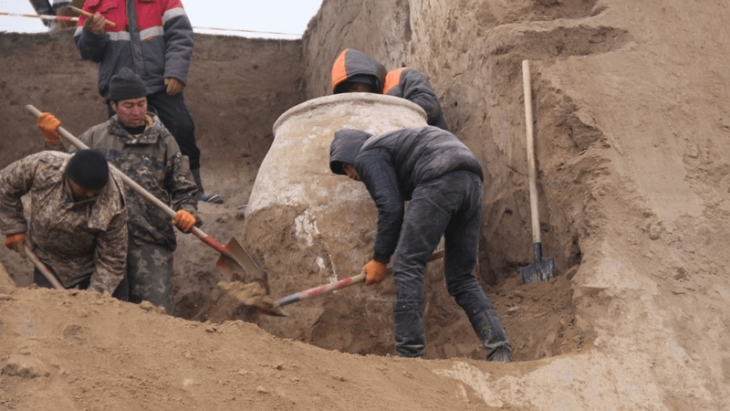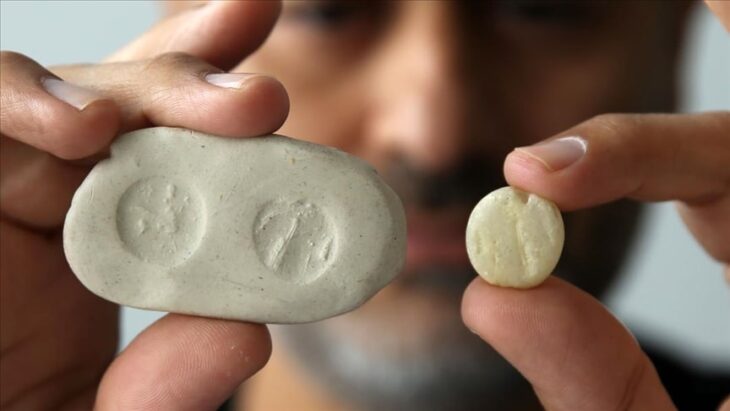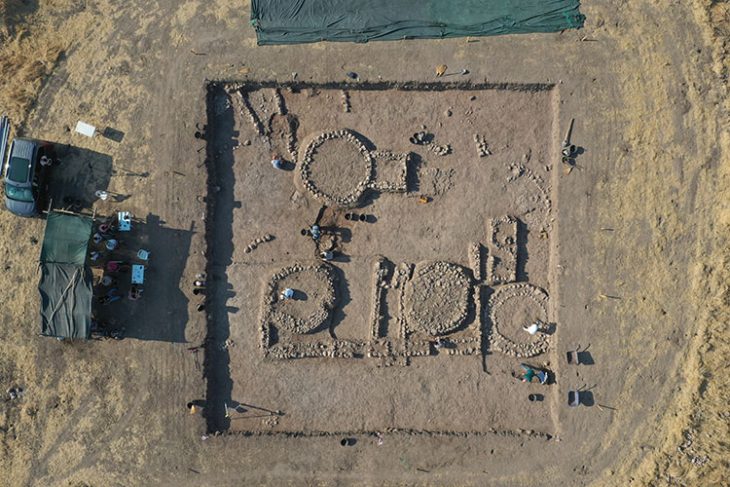A remarkable archaeological find in Uzbekistan has unearthed a 6th-century coin bearing the inscription “Turk-Kagan,” a discovery that could significantly reshape our understanding of the early Turkic Khaganates and the first written appearance of the name “Turk.”
The coin, discovered near Tashkent, the capital of Uzbekistan, is attributed to the Western Turk period. Professor Dr. Gaybulla Babayarov, an expert at the Uzbekistan Academy of Sciences National Archaeology Centre, has identified the inscription in Sogdian script as “twrk x’γ’n” – “Turk-Kagan.” This remarkable finding predates the previously known use of the term by approximately 150 years.
“The first mention of the term Turk-Kagan previously dated back to the Orkhon Inscriptions in the early 8th century,” explained Professor Babayarov in an exclusive interview with TRT Haber. “This coin pushes that historical marker back to the late 6th and early 7th centuries, specifically the years 580-610. This means the history of the name ‘Turk’ extends back a remarkable 1400-1500 years.”
Professor Babayarov further postulates that the coin’s origins may lie with the descendants of Istemi Kagan, a pivotal figure in the establishment of the expansive Turkic Khaganate. Istemi Kagan is known to have governed the Fergana region, a strategically important area in Central Asia. The coin’s distinct visual characteristics, including its iconography and production techniques – such as its diameter, weight, technical construction, and metal composition – align with the Yabguluk period of the Western Göktürk Khaganate, which spanned from the late 6th to the early 7th century. These features differentiate it from coins minted during the subsequent Yabgu-Kaghanate (early 7th century to the 630s) and the later Kaganate period (630-740) of the Western Turks.

Beyond its significance in dating the term “Turk,” the discovery offers a fresh perspective on the socio-economic structure of the early Göktürks. For a long time, scholarly consensus held that the Göktürks were predominantly a nomadic society, implying a limited need for a sophisticated monetary system. However, the unearthing of this “Turk-Kagan” coin, alongside a collection of over 20 other coin varieties from the Tashkent region bearing various Turkic titles like “Jabgu,” “Cabgu-Kagan,” and “Kagan,” challenges this traditional view.
📣 Our WhatsApp channel is now LIVE! Stay up-to-date with the latest news and updates, just click here to follow us on WhatsApp and never miss a thing!!
The existence of these diverse coinages strongly suggests that the Turkic rulers and a significant segment of their populace had adopted a more settled lifestyle, engaging in active trade that necessitated a functional monetary system and likely the development of urban centers.
Professor Babayarov emphasizes that the inscription “Turk-Kagan” on these early coins is not likely a personal name or the specific title of a single ruler. Instead, he interprets it as an expression of ethnic and political affiliation, signifying belonging to the Turkic Khaganate. He draws parallels with later Turgesh Kaganate coins that feature phrases explicitly denoting ethnic and political ties, such as “Divine/Divine Turgesh Kagan coin.” Notably, while Turgesh coinage exhibits standardized inscriptions, the Western Göktürk coins appear to have been more individualized, with each sovereign potentially inscribing their own title or the name they held upon ascending to power.
The findings underscore the historical importance of the Tashkent and Fergana regions, some of the oldest settlements in Turkestan, as crucial cultural and political centers in early Turkic history. This ancient coin offers a tangible link to the dawn of Turkic identity and statehood, promising to spark further research and potentially rewrite chapters of Eurasian history.
Cover Image Credit: TRT Haber

